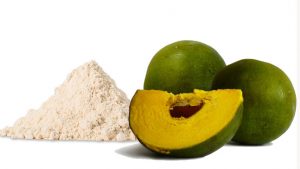 Lucuma is sweet, but low on the glycemic scale, so it is perfect for anyone looking to decrease their sugar consumption. The flavor is similar to caramel or maple, so it lends itself to a wide variety of sweets. For breakfast, add a tablespoon of lucuma powder to smoothies, yogurt, and oatmeal. You can of course use it in desserts as well by blending it into pudding, cakes, cookies, candies, and bars.
Lucuma is sweet, but low on the glycemic scale, so it is perfect for anyone looking to decrease their sugar consumption. The flavor is similar to caramel or maple, so it lends itself to a wide variety of sweets. For breakfast, add a tablespoon of lucuma powder to smoothies, yogurt, and oatmeal. You can of course use it in desserts as well by blending it into pudding, cakes, cookies, candies, and bars.
Lucuma contains antioxidants, good amounts of fiber, healthy carbohydrates, and minerals such as zinc, calcium and iron. Judging the by the bright, yellow-orange hued flesh, we know that it is packed with beta-carotene, a powerful anti-carcinogenic compound.
Given it’s fruity flavour, Lucuma can be used as a natural low GI sweetener. This makes it safe for diabetics, and great for the rest of us to help stabilise blood sugar (critical for all bodily cell function), and even out energy levels. It can be substituted for regular sugar in a 2:1 ratio (2 Tablespoons Lucuma for every 1 Tablespoon sugar).
Lucuma’s rich antioxidant content means it helps to fight and prevent disease, and slow the aging process. The fruit is used as a natural healing medicine in South America, due to its antibiotic, antimicrobial and antifungal properties.
As a fruit, Lucuma is full of healthy carbs. That’s right, Healthy + Carbs (you haven’t heard those two in a sentence for a while right). Whole food carbohydrates are essential for the body, providing energy and fuel, and helping our brain to function. Ever wondered why you can’t concentrate after a carb-restrictive day? Precisely. Paleo-peeps you especially need to increase your whole food carbohydrate intake given your lack of grains. Lucuma is a perfect way to do that.
Lucuma has the same amount of calcium as a glass of cow’s milk, as well as plentiful amounts of beta-carotene (an anti-carcinogen), zinc, iron, vitamin C, niacin (B3), and fiber. It also contains 14 essential trace minerals.
Smoothie for you to try with Lacuma, experiment and have fun.
Chia, Lucuma, Coconut Smoothie
1 Cup almond milk
1 Cup water
½ Cup coconut milk (or 3 frozen coconut milk cubes are even better)
½ very ripe banana
1 t cinnamon
2 t lucuma powder
1 T chia seeds
½ t stevia or 1 t agave
Preparation
Blend.
Drink.
Love.
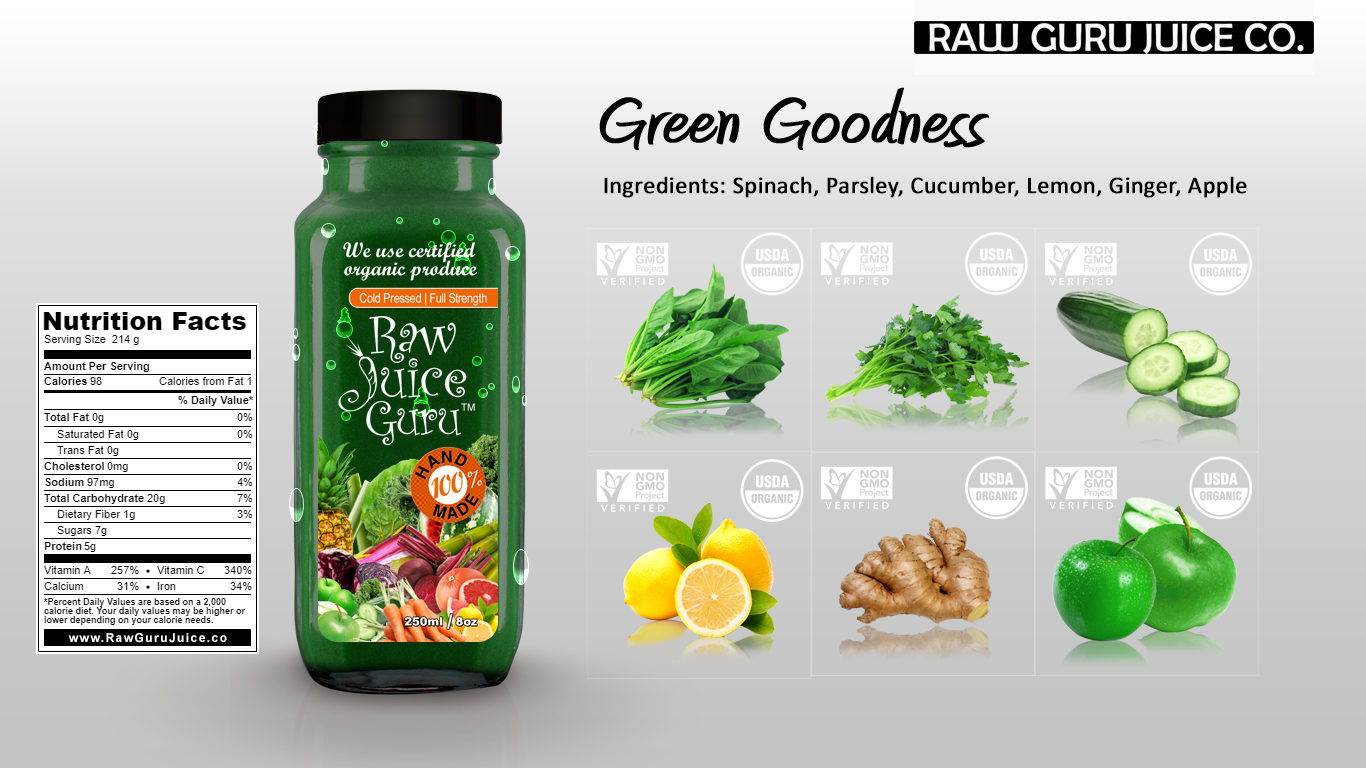

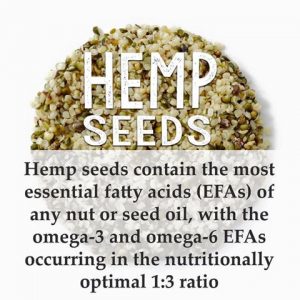 Here is what we know about the therapeutic benefits of hemp. Excellent 3:1 balance of omega-3 and omega-6 fatty acids, which promote cardiovascular health. High in gamma linolenic acid (GLA), an essential omega-6 fatty acid found in borage oil and egg yolks that has been proven to naturally balance hormones.
Here is what we know about the therapeutic benefits of hemp. Excellent 3:1 balance of omega-3 and omega-6 fatty acids, which promote cardiovascular health. High in gamma linolenic acid (GLA), an essential omega-6 fatty acid found in borage oil and egg yolks that has been proven to naturally balance hormones. On a daily basis, we inhale, ingest, and absorb more toxins than out body can naturally eliminate. Detoxification involves multiple organs such as our kidneys, lungs, skin and gastrointestinal tract. Our liver is the recycling center for our whole body, its essential and vital that its working at top speed. A
On a daily basis, we inhale, ingest, and absorb more toxins than out body can naturally eliminate. Detoxification involves multiple organs such as our kidneys, lungs, skin and gastrointestinal tract. Our liver is the recycling center for our whole body, its essential and vital that its working at top speed. A 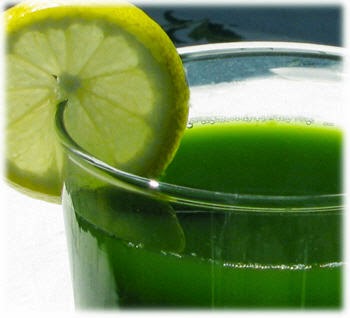 Giving plants their green color is a natural compound known as chlorophyll. Utilizing light energy to convert
Giving plants their green color is a natural compound known as chlorophyll. Utilizing light energy to convert 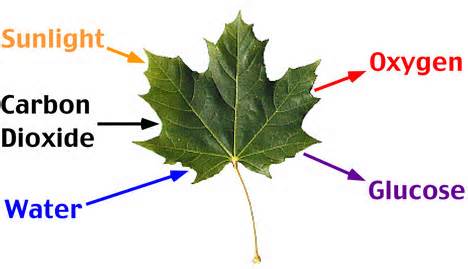
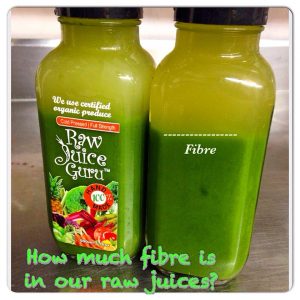 You have all asked is there fibre in our raw juice? Yes. The separation you see in picture that 80 percent is the fiber. And this juice is apple, cucumber, parsley, cilantro, kale, lemon.
You have all asked is there fibre in our raw juice? Yes. The separation you see in picture that 80 percent is the fiber. And this juice is apple, cucumber, parsley, cilantro, kale, lemon.